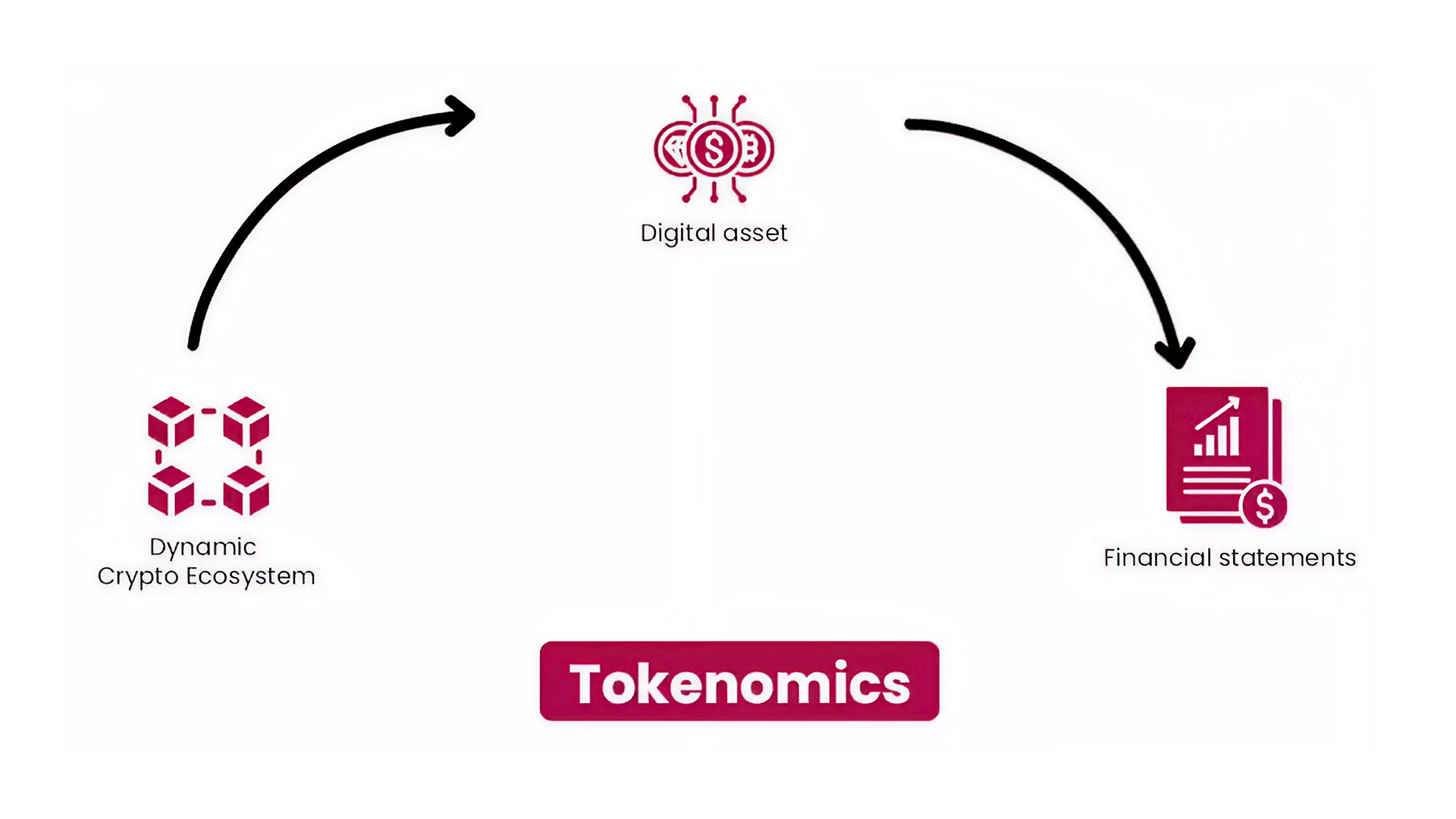Launching a blockchain token is akin to launching a new rocket into orbit. 🚀
It’s your project’s debut, the moment the curtain lifts, and your community, investors, and the wider ecosystem should all turn their attention in your direction.
But as we’ve seen recently, and sometimes in public and painful ways, a misstep during launch can cost more than just money. It can erode trust, dilute momentum, and in some cases, sink a project before it even finds its footing.
MegaETH and Arbitrum come to mind (we’ll examine those later) and the Titan project was a classic example.
A successful launch today requires strategic thinking, flawless timing, and a deep understanding of the evolving crypto landscape.
Think of this as your pre-launch checklist. It’s the lessons you need to know before hitting the “go” button. This article breaks down the most common mistakes, from poor planning and token design to neglecting post-launch support. And you’ll get actionable insights to ensure your token launch doesn’t just make a splash, but builds lasting momentum.
So, whether you’re a first-time Web3 founder or a seasoned crypto native, this is your chance to learn from others’ mistakes and future-proof your token launch strategy.
Token launches: The risks and rewards
When done right, the rewards of a successful token launch unlock funding, attract a passionate community, and fuel long-term growth.
But when done poorly, it can just as easily drain resources, fracture trust, and bury even the most promising ideas in a cloud of confusion or controversy.
In many ways, a token launch is like opening night for a major theater production. You’ve spent months scripting, designing, and rehearsing, but if the curtains rise and the execution is clumsy, the audience might leave before the story even begins.
The same holds true for a token launch. If it’s badly executed, it can scare away investors, alienate users, and derail momentum when it’s needed most. The margin for error is razor-thin.
We’ve seen both ends of the spectrum. Celebrity-backed tokens from figures like Paris Hilton, Snoop Dogg, and Lindsay Lohan have ridden waves of hype, but not all made it to the shore. Others, like Hawk Tuah Coin, exploded onto the scene only to fizzle out due to weak fundamentals or rushed execution.
These stories are fun to follow, but they highlight a more profound truth: without a clear strategy and a strong foundation, even the flashiest launch can go sideways, so it’s crucial to understand the risks.

Common token launch mistakes
To guide you further in your quest to stay on track, here are five common mistakes to avoid.
1. Token regulations
Navigating the regulatory environment is a critical aspect of a token launch. Failing to comply with local and international laws can result in severe consequences, including fines and project shutdowns.
Engage with token-savvy legal experts ahead of time to ensure that your token structure aligns with regulatory requirements, mitigating potential legal risks.
2. Poor tokenomics structure
Tokenomics is the economic model of a token. It plays a vital role in its adoption and longevity. A flawed tokenomics design can lead to inflation, a lack of utility, or disproportionate rewards.
It’s crucial to develop a model that balances incentives for all stakeholders and introduces clearly defined deflationary or burn mechanisms that result in the token’s value proposition being clear and sustainable.
3. User experience
A seamless user experience is paramount for token adoption. Complex onboarding processes, unintuitive interfaces, or a lack of support can deter potential users.
You should prioritize and focus on user-centric design and provide comprehensive resources. This can enhance engagement and foster trust within the community.
4. Poor marketing plan
Even the most innovative token can falter without effective marketing. A lackluster promotional strategy may fail to generate the necessary buzz, leading to low participation rates.
Crafting a compelling narrative, leveraging multiple channels, and engaging with the community are essential components of a successful marketing plan.
5. Scalability
Scalability issues can hinder a token’s growth and user adoption. Think of it like opening a new store: if your checkout lines are too slow on day one, people will walk out, and might not come back.
If the underlying infrastructure cannot handle increased demand, it may lead to slow transactions, high fees, or system crashes. Ensure that your platform is built to scale from the outset to support long-term success.
Remember, scalability = sustainability. Building a platform with scalability in mind from the beginning can mitigate these issues.

Token launch considerations
Now that you’re in tune with the common mistakes, before launching your token, it’s essential to look beyond the hype and ensure the foundation is solid.
Let’s explore these key points, research, tokenomics, execution, and community engagement, that can make or break your launch.
Research and planning: Laying a strong foundation
Research and planning are to a token launch what blueprints are to building a house — without them, things quickly fall apart.
Identifying your target audience, assessing the competitive landscape, and understanding your chosen blockchain’s technical demands all help ensure your token has a real use case and room to grow.
Legal compliance is another critical piece of the puzzle. Engaging legal counsel early on can help you navigate the fast-evolving crypto regulations, preventing costly delays or penalties down the road.
Tokenomics and marketing: Aligning incentives with the community
Tokenomics is at the heart of a successful launch. It’s the structure that determines how tokens are distributed, used, and incentivized.

A well-balanced tokenomics model that favors the wider community should align the interests of all stakeholders. Transparent allocation, vesting schedules that prevent early dumps, and clearly defined utility help establish credibility.
The goal should be sustainability, not short-term hype.
Furthermore, AI-native launch agents are steering founders toward programmable, adaptive models, often called Tokenomics 2.0. These systems evolve in real time, responding to user behavior, market changes, and community input.
Equally important is marketing. Do not underestimate this. Too many projects rely on buzz rather than building understanding.
A strong marketing strategy should clearly communicate the token’s purpose, benefits, and roadmap, whether on X, Discord, or any other social platform.
Execution: Avoiding technical and operational pitfalls
A token launch might generate all the buzz in the world. But one smart contract bug or liquidity hiccup can bring it all crashing down.
Think of your token launch like a rocket launch (again 🚀). Even if your destination is mapped out, a single faulty part can turn liftoff into disaster.
Smart contract vulnerabilities, transaction delays, or misconfigured tokenomics logic can derail a project within minutes of going live. That’s why rigorous audits, end-to-end QA testing, and stress simulations aren’t optional; they’re essential.
Founders should partner with experienced auditors early, use testnets to simulate real-world conditions, and implement fallback mechanisms for technical failures.
Having a battle-tested contingency plan not only protects the project but also shows your community you’re building with care, rather than cutting corners.
Beyond the launch: Post-launch support and community engagement
“The token isn’t the finish line. Rather, it’s the starting signal. What really matters is how aligned it is with your product, your community, and your long-term vision.”
– Ananya Shrivastava, Research Scientist, Onchain.
Too many projects stumble after launch by treating it as a one-and-done event, only to watch momentum fade and their communities drift away. In reality, post-launch is where trust is either earned or lost.
Ongoing communication, regular updates, and a clear roadmap are critical to keeping your community engaged and invested.
Think of your users as more than spectators; they’re like co-pilots. Keep them in the loop, ask for feedback, and show them that their voices shape the journey. Projects that cultivate this sense of shared ownership build loyalty that outlasts hype.
Active social channels, open governance, and responsive support are simple, effective tools to maintain momentum and build lasting value well beyond the token drop.

Token launch case studies
MegaETH: A case study in mismanagement of token allocation
MegaETH’s token launch started with a promise, but quickly became a masterclass in what not to do with token distribution.
By allocating a large portion of tokens to a small group of insiders, the project created a lopsided ecosystem where liquidity was constrained and everyday users felt sidelined.
This imbalance slowed adoption and sparked community backlash. With trust shaken, user engagement dropped, and the project struggled to regain momentum.
The lesson? Besides being a numbers game, token allocation is also about shaping perception and empowering participation.
A more balanced, transparent distribution model with community incentives, vesting schedules, and broader access could have positioned MegaETH for long-term success.
Founders should treat token allocation like setting the table for a shared meal: ensure everyone has a seat, not just a select few.
Arbitrum: The token launch that left users waiting
The Arbitrum token’s highly anticipated launch checked many technical boxes, but left many users stuck in limbo.
Despite the platform’s solid reputation and the rollout’s eventual success, distribution delays and a lack of timely communication sparked widespread frustration across the community.
For weeks, users were left refreshing their feeds and chasing vague updates. This undermined trust and dulled the excitement of the launch. In Web3, silence isn’t golden; it’s alienating.
The lesson here? Clear, proactive communication is just as important as flawless code.
Founders should treat their communities like valued partners, not passive spectators. Share timelines, acknowledge setbacks, and provide frequent updates, even if the message is “We’re still working on it.” A well-informed community is a patient and loyal one.
Key takeaways for a successful token launch
The stories of MegaETH and Arbitrum are powerful reminders: a token launch is more than flipping the switch.
It’s a carefully orchestrated journey that requires strategy, precision, and community care. We’ve told you what not to do…here is what you should do:
- Prioritize compliance from day one
Skipping legal review is like building on sand. Engage legal counsel early to ensure your token structure aligns with evolving regulations before it’s too late. - Get your tokenomics right
Poorly balanced token models can collapse under pressure. Design with long-term sustainability in mind, ensuring incentives are aligned for founders, users, and investors alike. - Don’t skimp on user experience
If your interface frustrates or confuses, adoption will stall. Design intuitively, offer guidance, and support users every step of the way. - Tell your story strategically
A strong token deserves a strong narrative. Build a multi-channel marketing plan that resonates with your audience and sets your project apart. - Think long-term: Plan for scale
What works for 1,000 users may break under 100,000. Build infrastructure that can grow with your community and handle future demand. - The launch is only the beginning
Neglecting your community after the drop is like ghosting your biggest supporters. Keep them close with regular updates, transparency, and active engagement.
Founders who plan deeply, communicate clearly, and adapt quickly will avoid costly pitfalls and earn their communities’ lasting trust.
You’ve come a long way in learning about token launches and their inner workings. Still, you could write a whole book on token launches and still leave things out.
We split the difference and released a comprehensive report on token launch strategies. It’s packed with useful information, data, surveys, and more.
Inside, you’ll find actionable insights on ways to boost your chances of token launch success. Discover what to do, what to avoid, and get the key lessons — so you don’t learn them the hard way.
To find all that info and more, progress in the Track by hitting the arrow below and start reading.



